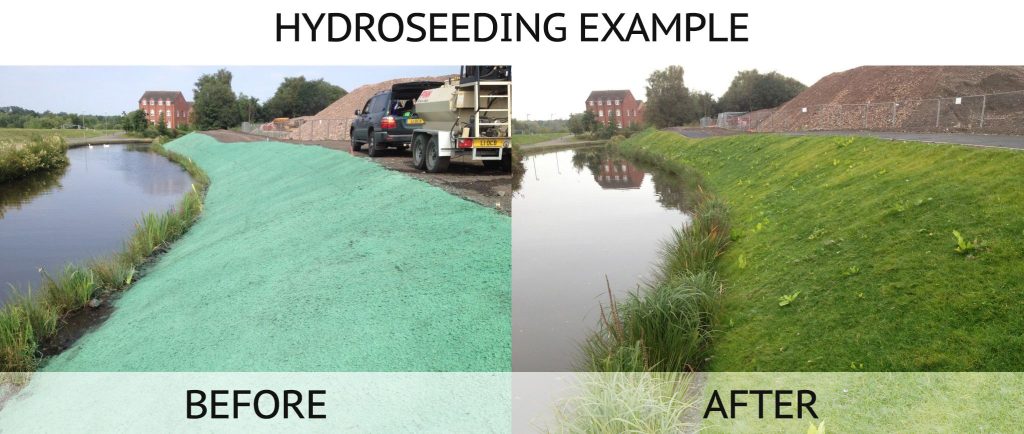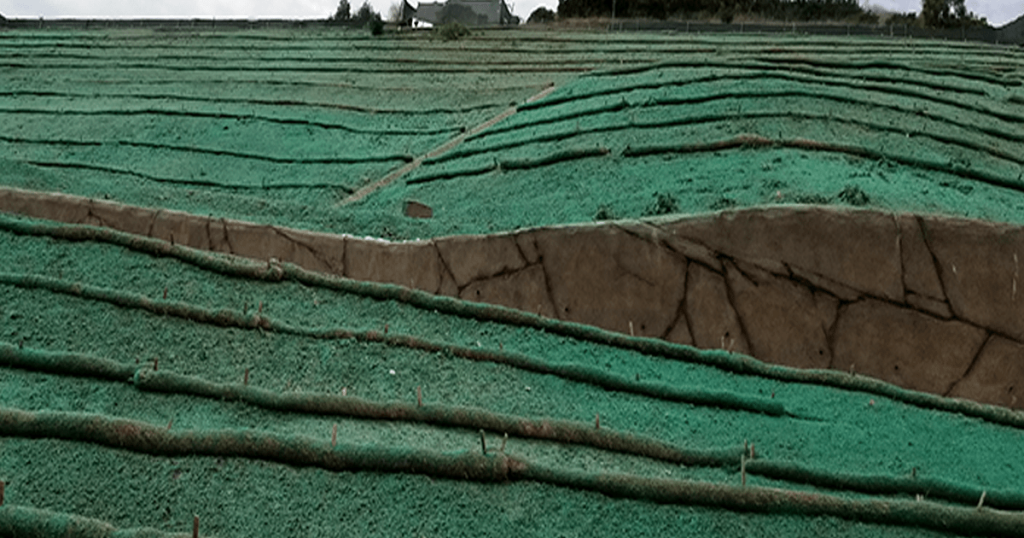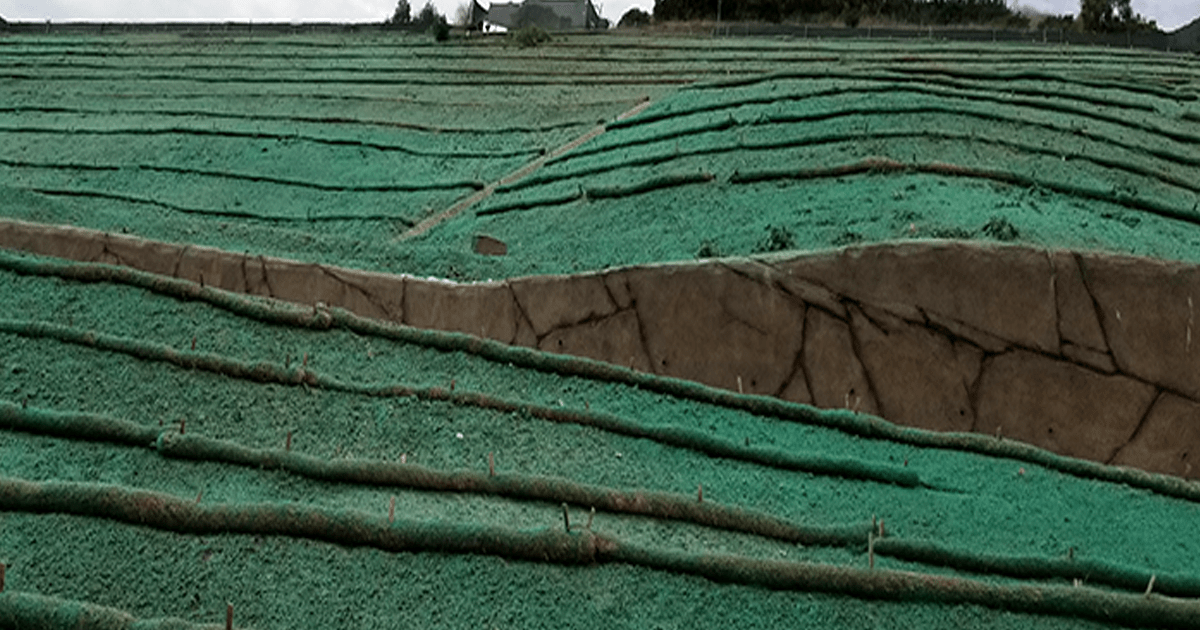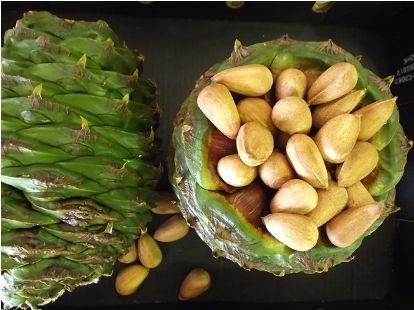Comparing Hydromulching and Hydroseeding Techniques
Establishing a lush, green lawn or controlling erosion on a large scale can be challenging. Two popular techniques, hydromulching and hydroseeding, offer effective solutions, but which one is best for your needs? In this article, we will compare hydromulching and hydroseeding, outlining their benefits, drawbacks, and ideal applications. Let’s dive into the details to help you make an informed decision.
What is Hydroseeding?
Hydroseeding is a planting process that uses a slurry of seed, mulch, fertilizer, and water. This mixture is sprayed onto the soil, providing a uniform layer that encourages quick germination and growth. Hydroseeding is often used for lawn repair, large-scale landscape projects, and erosion control.

Advantages of Hydroseeding
Hydroseeding offers several benefits, making it a popular choice for various applications:
- Cost-Effective: Compared to laying sod, hydroseeding is significantly more affordable. It requires less labor and materials, making it a budget-friendly option.
- Quick Germination: The slurry mixture provides an ideal environment for seeds to germinate quickly. This results in faster growth compared to traditional seeding methods.
- Erosion Control: The mulch in the hydroseeding mixture helps to hold the soil in place, reducing erosion and promoting soil stability.
- Uniform Coverage: The spraying process ensures even distribution of seeds, leading to a uniform lawn or vegetation cover.
Drawbacks of Hydroseeding
While hydroseeding has many advantages, it also has some limitations:
- Water Dependence: Hydroseeding requires consistent watering to ensure successful germination and growth. This can be a challenge in areas with water restrictions or during dry seasons.
- Initial Vulnerability: The newly seeded area is vulnerable to erosion, weed invasion, and foot traffic until the grass or plants establish themselves.
What is Hydromulching?
Hydromulching is a similar process to hydroseeding but with a key difference: the use of a thicker mulch layer. This technique involves spraying a mixture of seed, mulch, fertilizer, tackifier (a binding agent), and water onto the soil. The thicker mulch layer provides additional protection and moisture retention, making it suitable for more challenging environments.

Advantages of Hydromulching
Hydromulching boasts several benefits that make it an excellent choice for certain projects:
- Enhanced Erosion Control: The thicker mulch layer offers superior protection against erosion, making hydromulching ideal for steep slopes and areas prone to heavy rainfall.
- Moisture Retention: The mulch layer helps retain moisture in the soil, reducing the need for frequent watering and promoting healthier plant growth.
- Improved Seed Protection: The tackifier in the hydromulching mixture binds the mulch to the soil, providing better protection against wind and water erosion.
- Versatility: Hydromulching can be used for a wide range of applications, including roadside vegetation, mine reclamation, and wildfire recovery efforts.
Drawbacks of Hydromulching
Despite its advantages, hydromulching also has some limitations:
- Higher Cost: Hydromulching is generally more expensive than hydroseeding due to the increased amount of mulch and the inclusion of tackifier.
- Application Complexity: The thicker mixture can be more challenging to apply, requiring specialized equipment and experienced operators.
Comparing Hydromulching and Hydroseeding
To determine which technique is best for your project, it’s essential to compare hydromulching and hydroseeding based on several factors:
Cost
Hydroseeding is typically more cost-effective than hydromulching. The latter’s thicker mulch layer and the need for tackifier contribute to higher material and labor costs. If budget constraints are a primary concern, hydroseeding may be the better option.
Erosion Control
Hydromulching excels in erosion control due to its thicker mulch layer and the binding effect of the tackifier. For projects on steep slopes or in areas prone to heavy rainfall, hydromulching provides superior soil stabilization. Hydroseeding also offers erosion control benefits, but it may not be as effective in more challenging environments.
Water Requirements
Both techniques require consistent watering to ensure successful germination and growth. However, hydromulching’s thicker mulch layer helps retain moisture, reducing the frequency of watering needed. In areas with water restrictions or during dry seasons, hydromulching may offer an advantage.
Application Versatility
Hydroseeding is well-suited for lawn repair, large-scale landscaping, and general vegetation establishment. It provides a cost-effective and efficient solution for various projects. Hydromulching, with its enhanced erosion control and moisture retention, is ideal for more specialized applications, such as roadside vegetation, mine reclamation, and wildfire recovery.
Real-World Applications
To better understand the practical uses of hydromulching and hydroseeding, let’s explore some real-world applications:
Lawn Repair and Establishment
For residential and commercial lawn repair or establishment, hydroseeding is often the preferred choice. It offers a cost-effective solution with quick germination and uniform coverage. Homeowners and landscapers can achieve a lush, green lawn without the high costs associated with sod installation.
Erosion Control on Construction Sites
Construction sites, particularly those with steep slopes or exposed soil, benefit from hydromulching. The enhanced erosion control and moisture retention provided by the thicker mulch layer help protect the soil and promote vegetation growth. This technique is commonly used for roadside vegetation and large-scale landscaping projects.
Mine Reclamation and Wildfire Recovery
Hydromulching is an effective solution for mine reclamation and wildfire recovery efforts. The thick mulch layer stabilizes the soil, reduces erosion, and retains moisture, creating a favorable environment for vegetation establishment. This helps restore the natural landscape and prevent further environmental degradation.
Conclusion
Both hydromulching and hydroseeding offer valuable benefits for lawn repair, vegetation establishment, and erosion control. The choice between the two techniques depends on your project’s specific needs, budget, and environmental conditions. Hydroseeding is a cost-effective and versatile solution for general applications, while hydromulching provides enhanced erosion control and moisture retention for more challenging environments. By understanding the advantages and drawbacks of each method, you can make an informed decision and achieve successful results for your project.





Leave a Reply